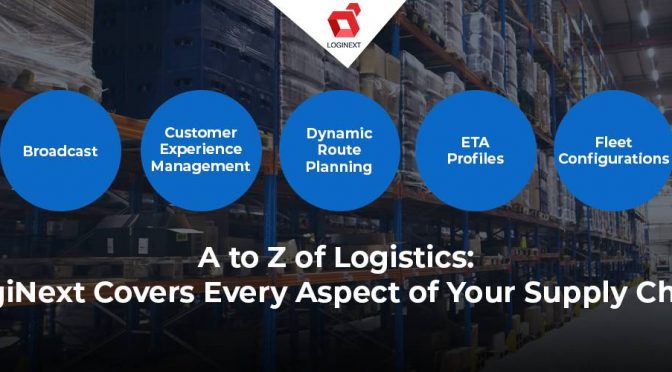
At LogiNext, we understand that managing a supply chain can feel like navigating a maze. That’s why we’ve designed our comprehensive logistics automation platform to simplify every step of the journey. From auto-assignment to zero downtime, LogiNext covers it all.

Discover how LogiNext’s cloud-based TMS protects logistics operations from IT disruptions like the CrowdStrike outage. From real-time tracking to advanced security, ensure fleet continuity and efficiency
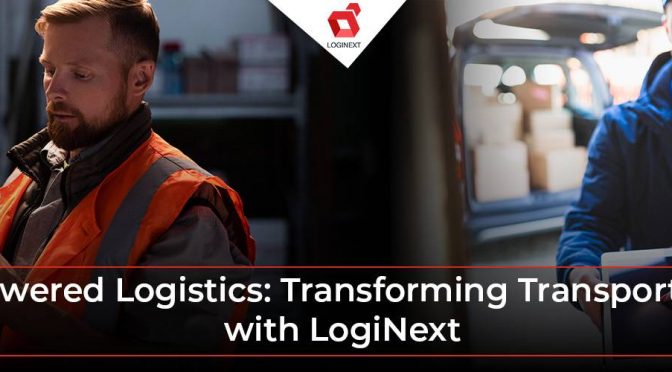
Explore how AI in transportation management systems makes operations more efficient and customer-centric. Learn how LogiNext’s AI-powered TMS tackles industry challenges, enhances real-time tracking, and improves logistics performance.
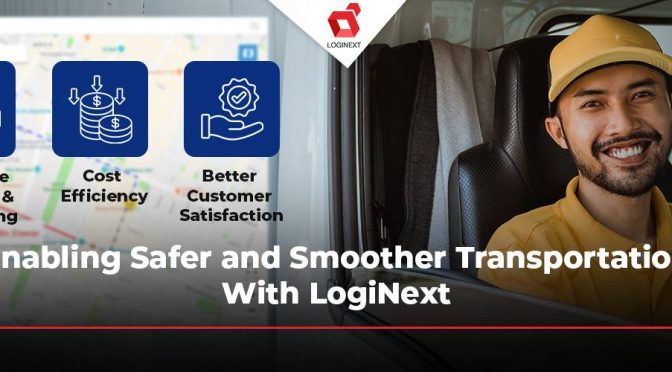
Did you know traffic congestion costs U.S. drivers 97 hours a year? Delivery management software solves this by planning and managing deliveries from start to finish. LogiNext’s platform optimizes routes, tracks deliveries in real-time, and manages schedules, ensuring on-time deliveries, happy customers, and cost savings.
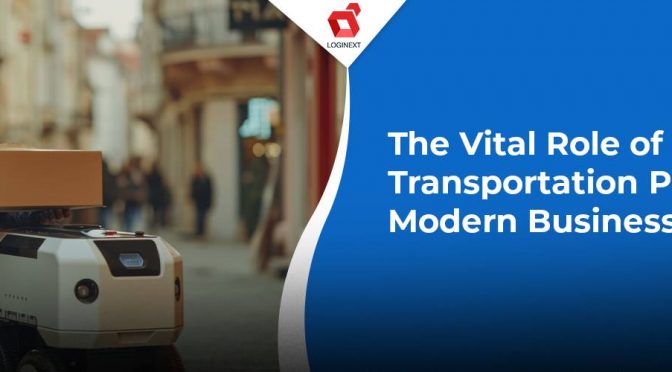
Transportation planning involves designing and managing systems to move products efficiently and cost-effectively. Good planning helps save money, reduce fuel costs, and improve delivery times. Using transportation management software like LogiNext can enhance efficiency and scalability, making it a wise investment for any growing business.

Are you excited for the Super Bowl? Let’s dive into the logistics behind the Super Bowl and get to know how logistics management software can become the key to ensure seamless operations for one of the biggest sporting events of the year.
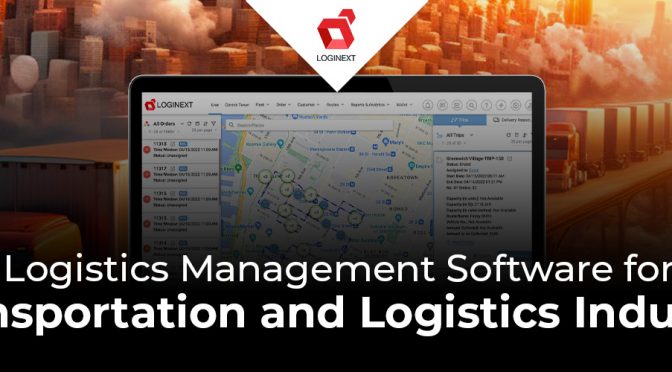
Dive into the dynamic world of the Transportation and Logistics Industry, unravel the challenges, explore innovative solutions, and witness a transformation in supply chain dynamics using LogiNext. Discover how our Logistics Management Software can elevate your logistics game and have positive ROI.
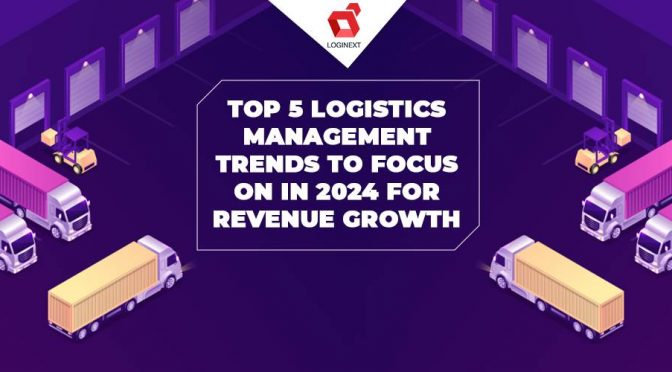
2024 promises to be a year of transformative change in the logistics industry. As we look ahead, we look at the top logistics management trends that can be leveraged to inspire success and drive revenue growth for your business.

Not having proper integration will derail your supply chain and logistics operations. Here is how LogiNext is helping businesses across the globe streamline operations with a plethora of integration marketplace options to choose from.
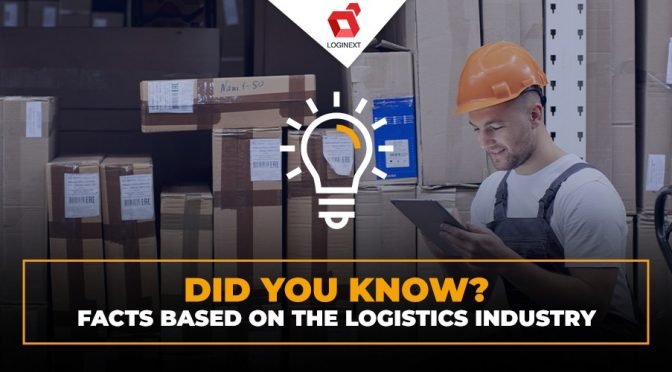
Welcome to a world where goods are continually moving from one end of the globe to the other. Join us as we look at some of the lesser-known facts about the logistics industry and learn how it keeps the world moving.

